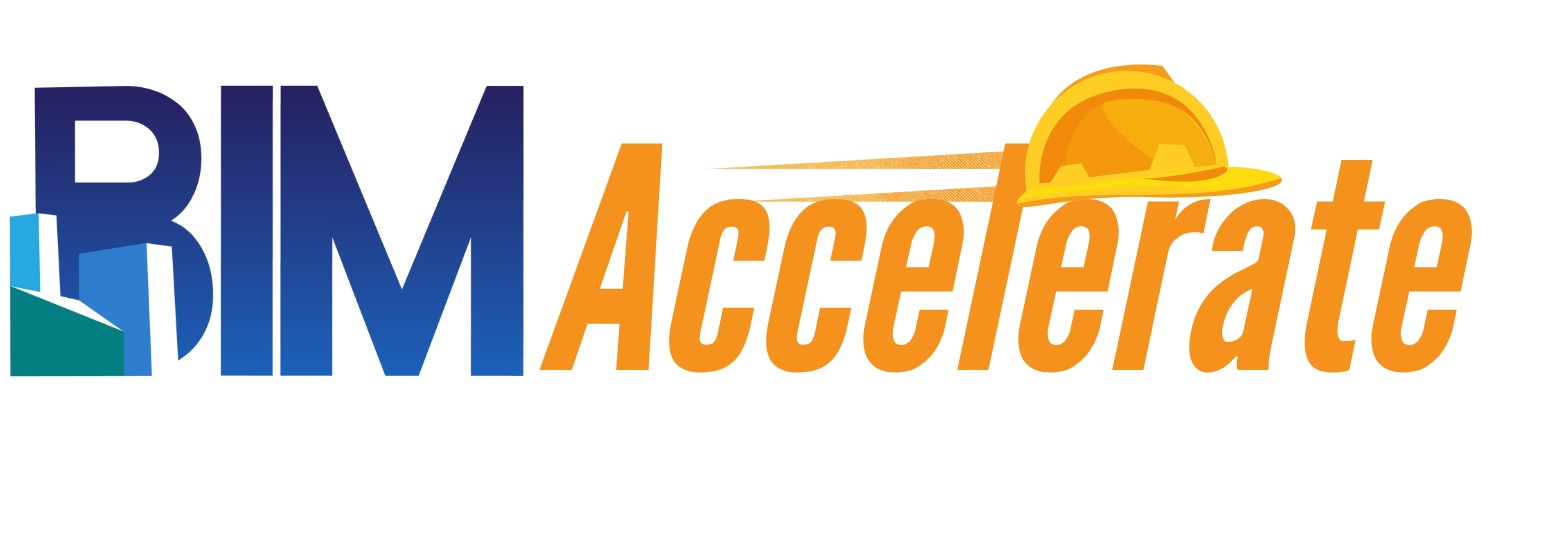So, you’re an MEP subcontractor who opened Revit for the first time, confidently clicked around… and now your Architectural model is floating off in space, your ducts are all underground, and somehow your view is printing sideways.
Welcome to the party.
If your company is new to Revit or you’re a beginner yourself, this next part’s for you. It’s easy to fall into the trap of thinking you can “figure it out as you go.” And sure…you can. You can also microwave fish in the office breakroom. Doesn’t mean you should.
Because when you’re dealing with multi-million dollar projects and tight deadlines, winging it isn’t a workflow, it’s a liability. Real Revit training doesn’t just save time; it sets the foundation for repeatable success. And compared to the cost of blown deadlines, busted coordination, and late RFIs? This kind of training pays for itself before your team even finishes their first clash report.
Here’s why getting trained isn’t just helpful, it’s essential. Especially if you want to avoid being that person on the project constantly asking, “Wait, what view am I in?”

The Learning Curve is Real, and It’s Steep
Revit isn’t AutoCAD with a facelift. It’s a completely different beast, built around a data-driven, 3D modeling workflow. You can only watch so many tutorials before you realize:
“I don’t need to click faster… I need to understand what the hell I’m clicking on.”
This hits even harder for —because you’re not just drawing lines, you’re dealing with systems, routing, clearance zones, and fabrication requirements.
And that brings us to the biggest trap…
Not All Training Is Created Equal (Some of It’s Actually Garbage)
Let’s be honest:
- A 9-minute YouTube video titled “Master Revit TODAY!” filmed on a potato, where the instructor models a house using nothing but walls and blind optimism.
- Generic training courses pretending Revit is the same for everyone: architect, plumber, and unicorn alike.
- Workflows that look okay in 2D but break the model, sabotage coordination, and leave your coworkers questioning your life choices.
This kind of training might help you slap things together fast, but it won’t teach you how to avoid model corruption, set up MEP-specific workflows, or build models that survive the real world.
Real-World Scenarios > Textbook Examples
Most people don’t struggle with learning buttons. They struggle when the real-world chaos kicks in. A solid training program doesn’t just teach theory. It shows you how to survive the jobsite.
You’ll develop:
- A solid project setup that won’t screw you later
- The ability to model with real-world intent
- The skills to produce actual deliverables like shop drawings, spools, and install sheets
- A working knowledge of coordination
- The confidence to figure sh*t out on your own
If the training doesn’t simulate the chaos of a real jobsite or a wild coordination meeting, it’s just theory.
And, it’s not just about learning the software. It’s about learning the BIM process as a whole: what to model, when to model it, and why it matters to everyone else on the job. Especially when those models will be used by other trades to lay out hanger supports, run conduit, or prefabricate ductwork.
Confidence is a Deliverable Too
Good training doesn’t just make you faster, it makes you better:
- You communicate more clearly
- You stop second-guessing every click
- You show up to coordination meetings without sweating through your shirt
Confidence is underrated, but once you’ve got it, it shows. Especially when you can navigate clashes, change orders, and MEP model updates without spiraling into existential crisis.
The Investment Pays for Itself
If you’ve made it this far, you’re probably wondering, “What’s the real ROI on this training?”
Short answer? Huge. Long answer? Still huge, but now with bullet points.
When you’re working on construction projects worth millions of dollars, there’s zero room for errors, especially when those errors show up on-site or in coordination meetings.
Good Revit training doesn’t just teach your team how to click around; it sets them up to crush the project from the start.
With the right training,
- Your team avoids costly mistakes
- Saves time on rework
- Keeps the model in tip-top shape for coordination and fabrication
Instead of months of trial-and-error or crossing fingers that your models won’t implode, a solid training program gets your team contributing confidently and consistently from day one. In an industry where time is money, and millions are on the line, the ROI of proper training is a no-brainer.
Final Thoughts: You Can Wing It… But Why?
Revit isn’t impossible. But it is unforgiving. And the longer you wait to get proper training, the more bad habits you pick up…and the harder they are to unlearn.
Whether it’s a live instructor, small group course, or MEP-specific bootcamp, get into something that teaches you how to BIM the right way from day one.
Because if you’re going to spend 8 hours a day in Revit, you might as well know what you’re doing.
BIM Accelerate: Go from Basics to Boss
Want a course that:
- Walks you through real-world situations and how to solve those issues during coordination?
- Breaks down the curriculum into 2-hour, live, small-group sessions so you can learn and retain, all while fitting into your busy schedule?
- Is taught by real industry pros who learned the hard lessons already (so you don’t have to)?
- Focuses on the specific workflows and challenges of mechanical, electrical, and plumbing trades?

Check out our BIM Accelerate program and download the curriculum to see if it’s the right fit for your team: bimtm.org/bim-accelerate
Sign up for our newsletter to stay up-to-date on the latest blogs: Sign-up form
And check out our other blogs here: Past blogs
Until next time,
BIMTM

